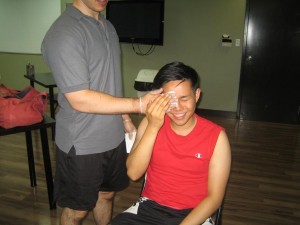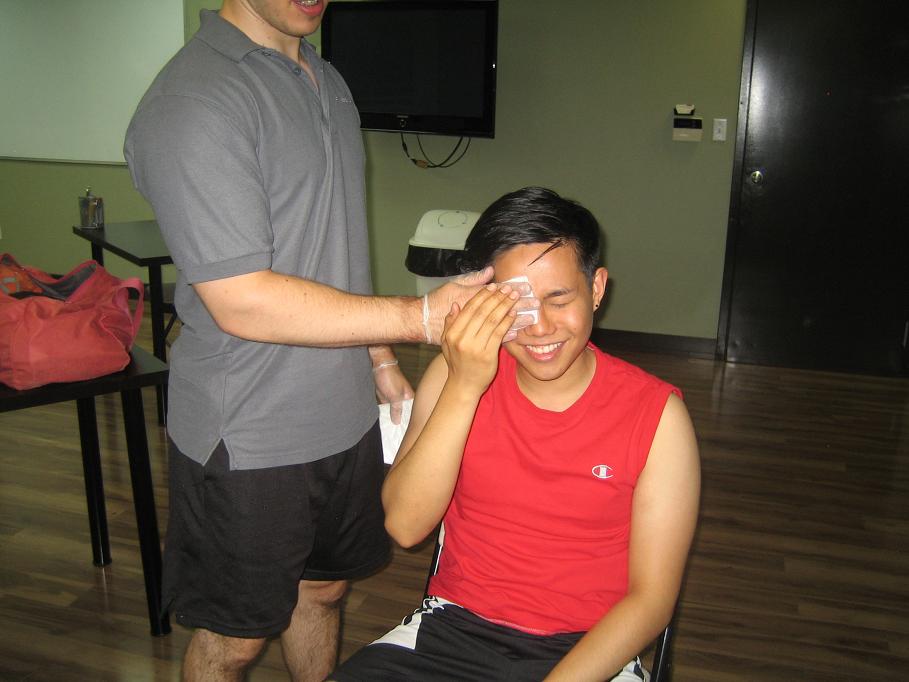A chalazion is best described as a small-sized lump that develops on the eyelid due to an obstructed oil gland. It can grow on either the upper or lower eyelid and it usually disappears on its own without any treatment in a span of a month.
Nevertheless, it is best to consult a doctor if you suspect a chalazion particularly if it is big enough to disrupt your normal vision. In rare cases, it can also be caused by skin cancer.
The chalazion is quite similar to a style but it is relatively smaller in size and less painful.
Causes and risk factors of chalazion
A blockage in the Meibomian gland in the eyelid is the main cause. Take note that the Meibomian glands are responsible for producing oil in both the lower and upper eyelids. Some individuals are more likely to develop a chalazion than others. The common risk factors include:
- History of chalazia – individuals who previously suffered from the condition are at higher risk for developing one
- Dirty hands – touching the eyelids with dirty hands will increase the risk for developing a chalazion since dirt can block the oil glands
Symptoms of chalazion
The most common symptoms of the condition include:

- Tender spot on the eyelid
- Increased tearing of the affected eye
- Hard lump on the eyelid
- Sensitivity to light
- Blurred or blocked vision
Some individuals tend to confuse chalazia with styes. The two types of eyelid bumps are distinguished from one another since chalazia do not cause any pain while styes are painful. Additionally, chalazia typically develop away from the edge of the eyelids while styes develop right on the edges of the eyelids. In case you suspect a chalazion, it is still best to consult a doctor so that an accurate diagnosis is carried out.
How a chalazion is diagnosed
In most cases, the doctor can diagnose the condition by examining closely the lump on the eyelid. The doctor will ask about the symptoms in order to determine if the lump is a style, chalazion or something else.
How a chalazion is treated
The treatment for the condition tends to vary from one individual to another. Here are some of the ways to treat a chalazion.
- Medications such as antibiotics or steroid eye drops are given to treat the condition but it can go away on its own.
- For home care, apply a warm compress on the affected eyelid several times in a day for about 10 minutes at a time. This can help minimize the swelling by softening the oils in the blocked gland which can also help the lump drain on its own. Massage the lump in a gentle manner few times in a day to facilitate draining. This should be performed with clean hands and the compresses used must be clean as well.
- Surgeries are recommended if the chalazion does not seem to heal after treatment. This is the best approach if it continues to grow, disrupts the eyesight or progresses to astigmatism. Surgery is the last resort and rarely needed.
Most cases of chalazion heal on their own without any treatment or only simply home care or first aid measures. On the other hand, it is still important consult a doctor if you suspect a lump for proper diagnosis

